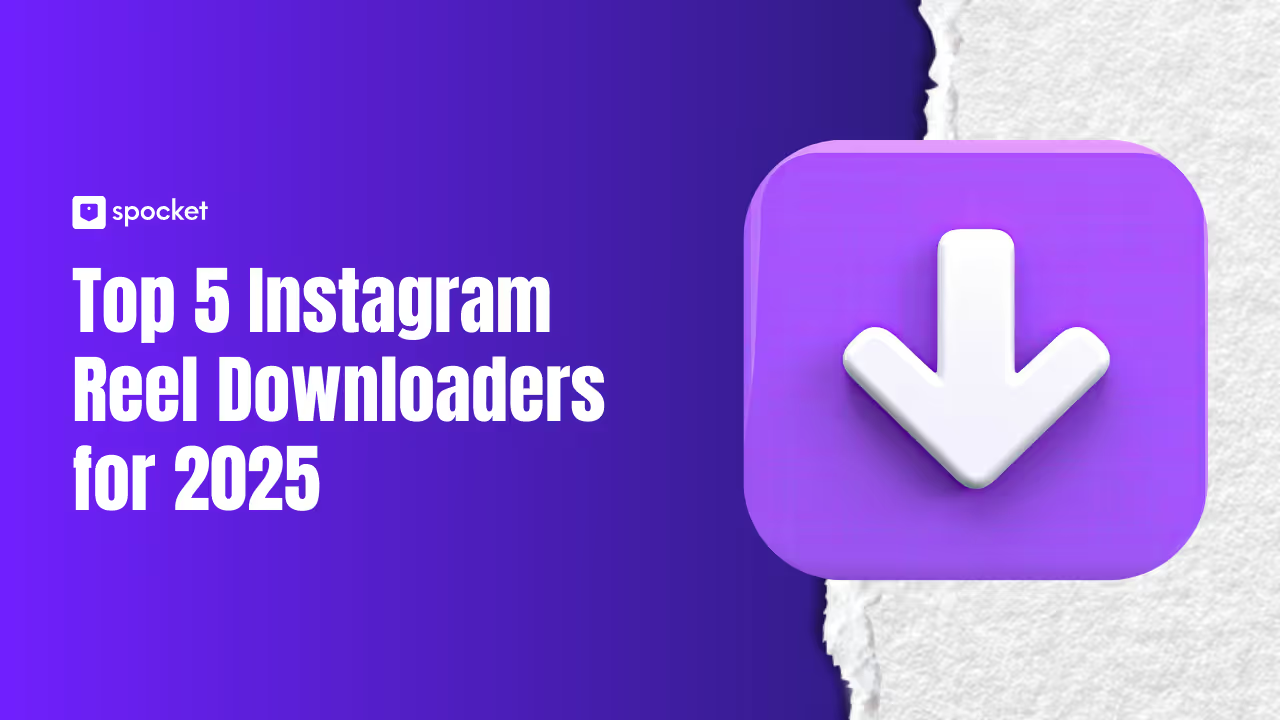If you want to know how to choose a product to sell online, this blog post is a must-read..
Entrepreneurs keen to make their mark in eCommerce know that besides ambition and marketing know-how, they also need products in high demand.
However, finding such products takes time and effort. So how do you pinpoint wares that will result in repeat customers and glowing reviews?
Want to know more? Fab! Read on for step-by-step guidance on choosing the right products to sell online.
Defining Your Niche
It’s essential not to take a random or scattergun approach to choosing products to sell online. Instead, it would be best if you defined your niche.
For the uninitiated, a niche is a subsection of a broader product or service category that meets a particular audience’s needs. For example, bespoke garments for pets or home office tech accessories.
This means narrowing your scope to find products to sell to an audience with specific needs/interests.
With that said, here are some pointers to help you define your niche:
Use What You Know
Ponder what your passions and interests are. Is there an interest, hobby, or even current-day job you’re really good at that can be channeled into an eCommerce niche? For example, could you sell tech accessories if you have a passion for gadgets and often problem-solve your friends and relatives' tech-related issues?
Market Research
Once you’ve drilled down a potential niche, look at what your competitors are selling, where they're selling products, and how. This should provide an idea of your target market and where they hang out online. Needless to say, this info will influence your marketing content further down the line.
You can even use tools like SEMrush to input a competitor’s name and retrieve information about their website, including keywords, traffic, and more.

However, if you haven’t the budget for software like this, freemium tools such as Ubersuggest by Neil Patel are available.
Will Your Niche Make Money?
Will the niche you're considering be lucrative? When zoning in on your niche and target audience, factor in the following:
- Are you going for luxury, mid-range, or cheap end? Which end of the market are you aiming for?
- Your customer demographic, including location, age range, average salary, etc.
- Your customer profile - what do your potential customers care about? The more passionate the demographic, the more likely they are to part with their cash.
By considering the answers to these questions, you'll better understand whether your niche has money-making potential.
One way to find potentially profitable products is to use Google Trends. In the search bar, type the product categories you’re considering to see what kind of interest they’ve generated online over specific periods of time in different locations.
Create Customer Personas
While conducting your market research, consider who might buy your products to create a customer persona. I.e., a fictional representation of your target audience.
For example, suppose you intend to sell eco-health and beauty products. In that case, your ideal customer persona might be a woman aged 24-55, middle-income, who cares about sustainability and wants to buy from companies whose values align with hers.
Researching Niche Product Ideas
Hopefully, you now have a potential niche in mind. Next up: Product research.
Google Trends
It’s our old friend, Google Trends. Again, you can use this free tool to assess product popularity over time, see when interest spikes, and capitalize on trends as early as possible.

Hang out Online
Oversee which hashtags are trending on Twitter, Instagram, and TikTok. Are there any related to your products? Are celebs and/or influencers showcasing a particular product you can capitalize on?
The same applies to Facebook. Are there any topics your target audience discusses in groups related to your niche that you need to get ahead of?
You can also use social listening tools like Hootsuite or Zoho Social. These enable you to keep on top of who is talking about your brand name, hashtags, and keyword. Plus, they often offer free trials!
Lastly, check out what products are trending on different marketplaces like Amazon, eBay, and Etsy. In each instance, when you search under product categories, you’ll find products marked as bestsellers or most wanted.
Scour Product Reviews
Check online customer reviews of products you’re thinking of selling. It’ll give you some sense of what customers expect regarding quality, price, look, and feel. If you spot negative reviews, these can be customer pain points you can address with your chosen niche.
Expensive Hobbies
Consumers value their downtime. Whether it’s quality time with the family or pursuing expensive hobbies like camping or diving, there are wares out there to suit every enthusiast.
Trend Hunter
This is an excellent resource for identifying popular trends. For example, you can find trends in fashion, luxury goods, tech, eco, and more. Each category is divided into subcategories, so in the case of fashion, subcategories include watches, jewelry, cosmetics, etc.
In each instance, you get a mix of data about consumer trends produced by AI and real people. This includes the top 20 trends for the day, week, and month.

Sourcing New Products
Once you know what you wish to sell, you’ll need to consider the logistical side of your online business. By this, we mean warehousing, order fulfillment, and shipping.
One of the easiest ways to manage the above is to utilize dropshipping and/or print-on-demand (POD). For the uninitiated:
Dropshipping is a fulfillment and business model where you don’t physically buy or hold inventory or fulfill any orders. Instead, you buy products from a third-party dropshipping supplier only once your customer has purchased the said product from your online store. That same supplier then picks, packs, and ships the order to customers on your behalf.
Print-on demand is similar to dropshipping because you don’t have to hold any inventory. Instead, you use a third-party POD platform to customize and sell their products on your chosen marketplace or website. There are lots of POD platforms out there that sell different customizable products. Often these fall into the following categories:
- Fashion
- Hats
- Bags
- Accessories such as mobile phone cases
- Home and Living, such as mugs, glassware, etc
Then, when a shopper makes a purchase, the order is forwarded to your POD service, and they print, pack, and ship the order to your customer.
Pick a Reliable Supplier
For example, Spocket, which is used by 100,000+ retailers, only works with suppliers that they’ve carefully vetted. So, for example, suppliers who work with Spocket must:
- Offer high-quality products
- Offer discounts on their usual retail prices so Spocket dropshippers can set lucrative profit margins.
- Not use third-party warehouses to store inventory.
- Offer fast order processing and shipping. However, these times vary depending on supplier location, order processing time, delivery services used, and what Spocket calls “other external factors.”

The bottom line: If dropshipping/POD is for you, do your background work. You can explore this 2023 guide to the best POD sites for more information on how they work.
Selling on Different Platforms
Next, you need to consider where you’ll sell your products: your own website? Social media platforms? Online marketplaces like Etsy and Amazon? You could use all three routes or just one or two; it’s up to you. You know your audience best and where they prefer to shop online. But, generally speaking, your own eCommerce website offers the most freedom, so for now, we’ll focus on that:
Your Own Online Store
eCommerce platforms like Shopify, Wix, and Squarespace are intuitive for beginners because you don’t need to know any code. They all offer a selection of free and paid-for templates that you can customize to suit your brand. In addition, they all offer tiered pricing plans to suit an array of budgets.
Pro Tip: Before settling on an eCommerce platform, double-check it integrates with your chosen dropshipping/POD supplier.
Ideally, you want a platform like Shopify, where you’re not limited to the number of products you can sell, even on the lowest plan.
Also, look for generous free trials and special sign-up offers. The best eCommerce platforms will also offer tons of online resources to help you, including webinars, blog posts, and FAQs to help you get started.

Marketing
You may have the best products available, but no one will purchase them if they don’t know you’re out there.
So now it’s time to create a marketing strategy to build your audience and hopefully convert them into sales.
In brief, here are some of the many options you may wish to consider:
Paid Advertising
- Paid social media ads on Facebook, Instagram, and Pinterest
- Google ads
Email Marketing
You can use email marketing to offer customers discounts, promotions, product news, additional blog content, shipping info, and enticements to try and get shoppers back to your eCommerce site after abandoning their carts.
Most eCommerce platforms integrate with a range of email marketing providers.
Organic Content
This is content that you don’t pay to promote. Examples of organic content include blog posts, images, GIFs, and so on, shared on your website and across your socials. Ideally, you should optimize this content for SEO (search engine optimization) for maximum visibility.
How to Choose a Product to Sell Online: My Final Thoughts
Hopefully, my guide on choosing the right products to sell online has walked you through the basics of getting started.
I can’t stress enough the importance of background research. So, set time aside to do your homework before leaping into your eCommerce business. This may sound tedious, but trust us; it’s crucial if you want to enjoy eCommerce success.
That’s all for this tutorial! Let me know in the comments which types of products you opt for!




































